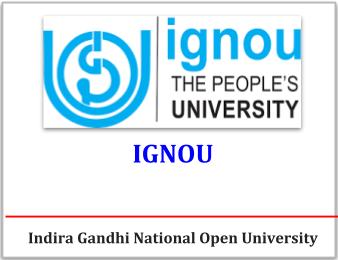(HOT) UPSC Current Affairs 2025 PDF
NEW! The Gist (NOV-2025) | E-BOOKS
IGNOU HISTORY NOTES : History Of Modern Europe (Mid 18th to 20th Centuries)- EMPIRES AND NATION-STATES - 1: OTTOMAN AND HABSBURG EMPIRES

IGNOU HISTORY Study Notes for IAS, UPSC Exams
History Of Modern Europe Mid 18th to Mid 20th Centuries
EMPIRES AND NATION-STATES - 1: OTTOMAN AND HABSBURG EMPIRES
Structure
19.0 Objectives
19.1 Introduction
19.2 Nationalism and Empires
19.3 Ottoman Empire
19.3.1 Greece
19.3.2 Serbia
19.3.3 Romania
19.3.4 Bulgaria
19.4 Habsburg Monarchy
19.4.1 Contradictions within the Empire
19.4.2 Czechoslovakia
19.4.3 Hungary
19.4.4 Czechoslovakia and Yugoslavia - New Multi-natlonal States
19.5 Let Us Sum Up
19.6 Answers to Check Your Progress Exercises
19.0 OBJECTIVES
After reading this Unit you will to able to learn:
- about the composition of two big multi-ethnic Empires the Ottoman and the Habsburg;
- about the internal contradictions and tensions within these Empires; and
- how the growth of nationalisms, along with the internationalpolitics led to the decline of these Empires.
19.1 INTRODUCTION
As has been noted already, the nation-state wil: ihc ;.a ~crritorial and cultural form in which
the modern state was being established in Eurc:pe and through which therefore the international
politics oL' Europe were being reorganized. -The leaders were the ususal ones, Great Britain,
France, and Germany. 'hey were of course accampanied by the lesser but rapidly modernizing
powers of Scandinavia, Holland ailu Belgium, Italy, and Spain and Portugal. But the three vast
dynastic cmpires in Europe resisted these trends until their simultaneous collapse in World War I.
These were the Russian, Habsburg, and Ottoman empires.
These emyires co~lsisted of numerous potential nations, all assembled in dynastic empires of
premodern 5ves. Their survival as empires thetelore depended on their restraining national
movements even as they modernized their states and societies in other respects. But modernity
brought nationalism with it, almost automatically, in region after region. Inevitably, these
national movenlents sought international support; and the great powers, naturally ~ough,
encouraged these nationalisms as and when it suited them in international diplomacy and war.
In such circumstances, Lhe nation-state seemed the radical modern system, and the polyglot imperial
structures that attempted to combine these sevmal nations into onc political system seemed archaic.
As it happened, these three dynastic ~mpires cc;o~~ined within themselves the more backward parts
of Europe; and virtually each nl~litary defeat Icti lo one more round of disintegration, all culminatng
in the final disasters of World War 1 and their nart d~rsolution into nation-states.
Click here to download full Chapter
Courtesy: eGyanKosh


